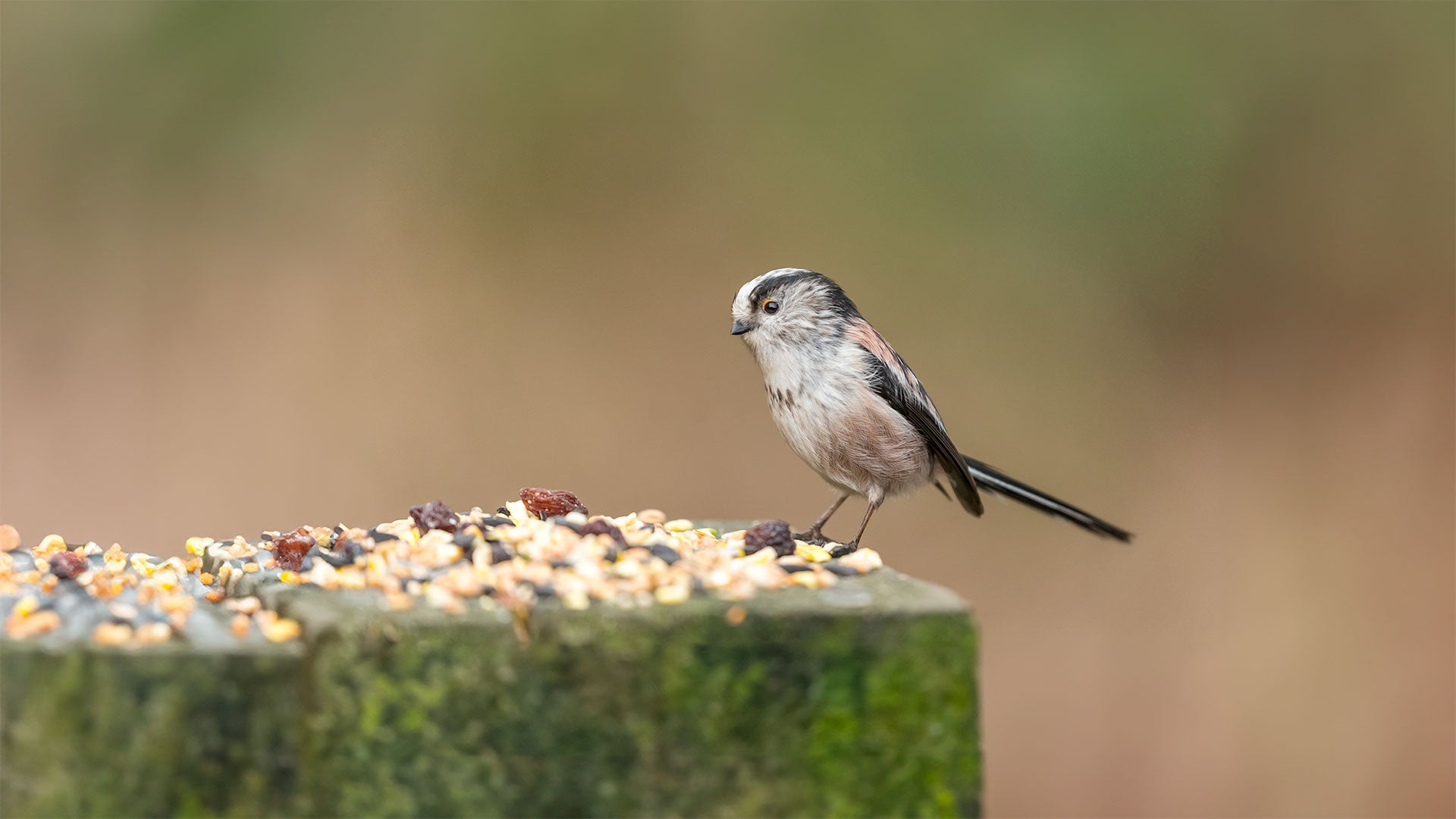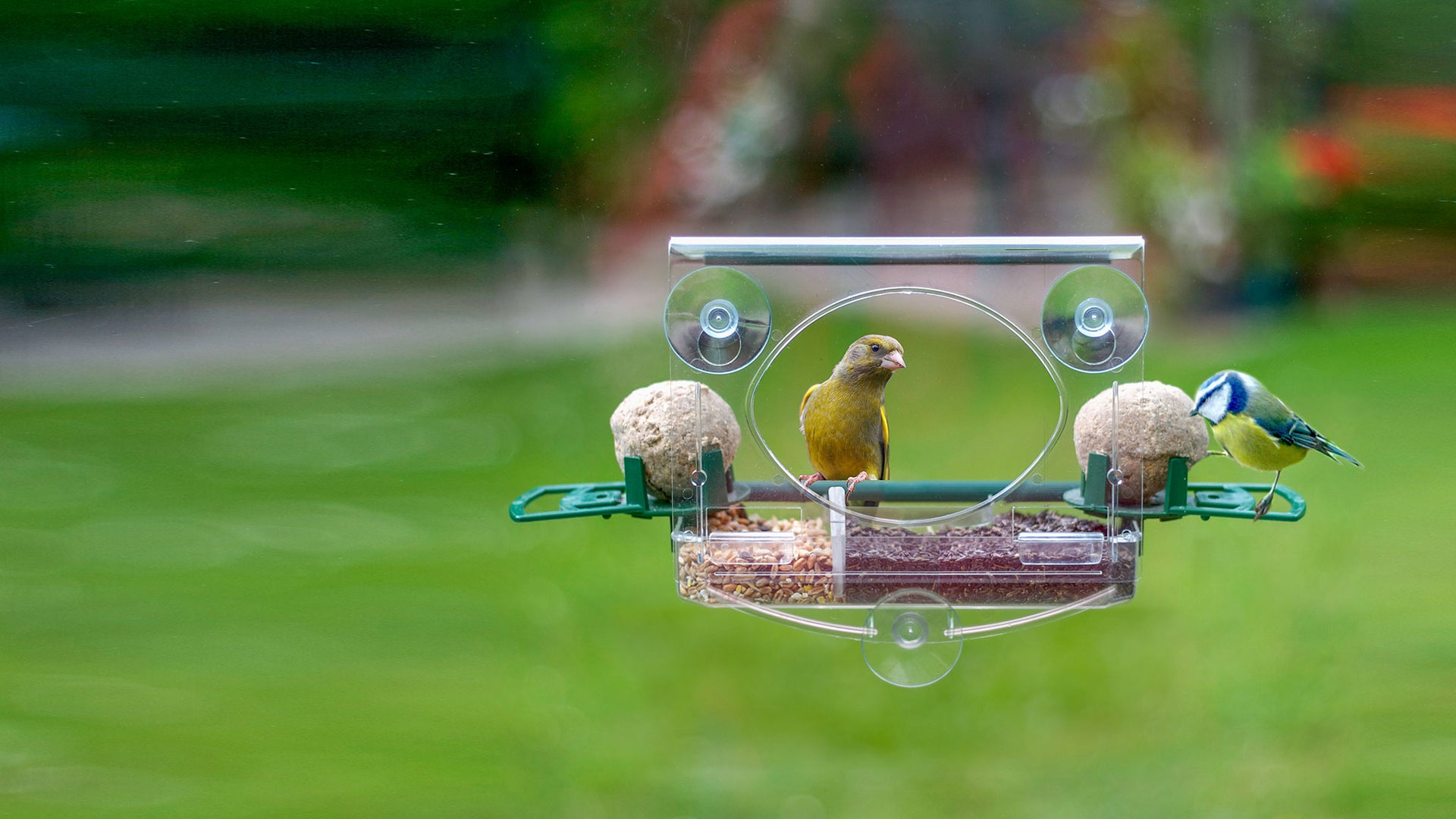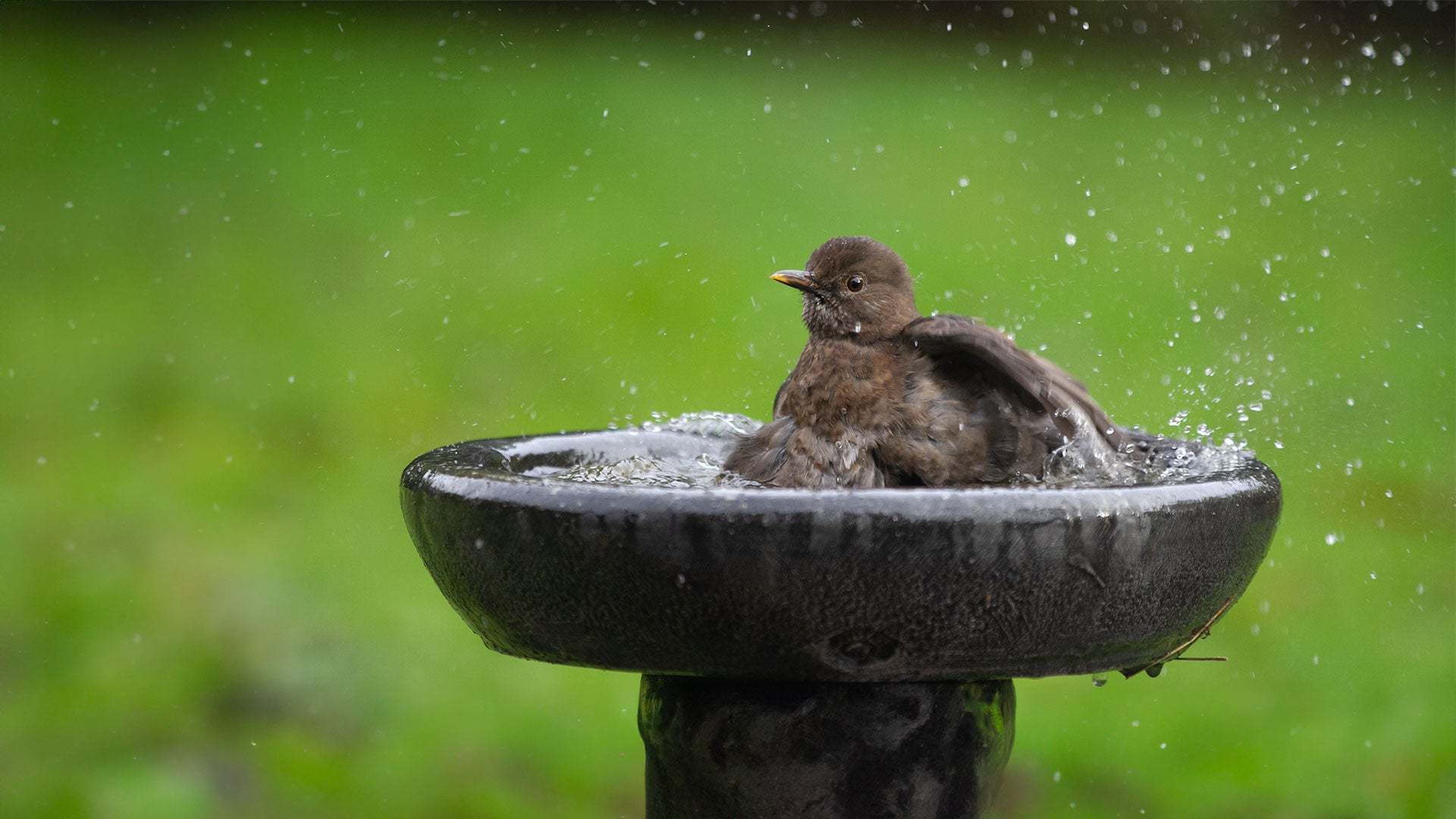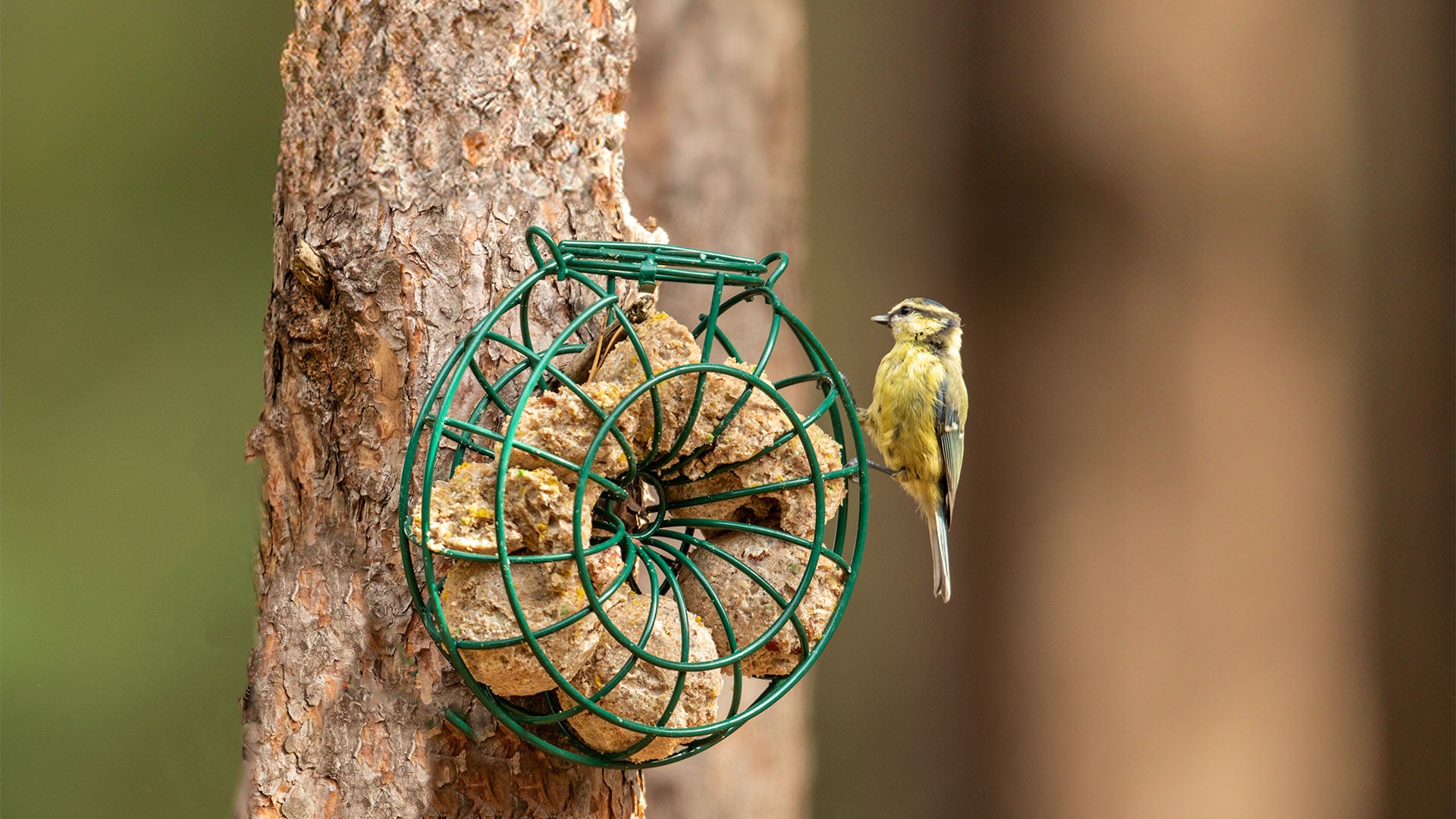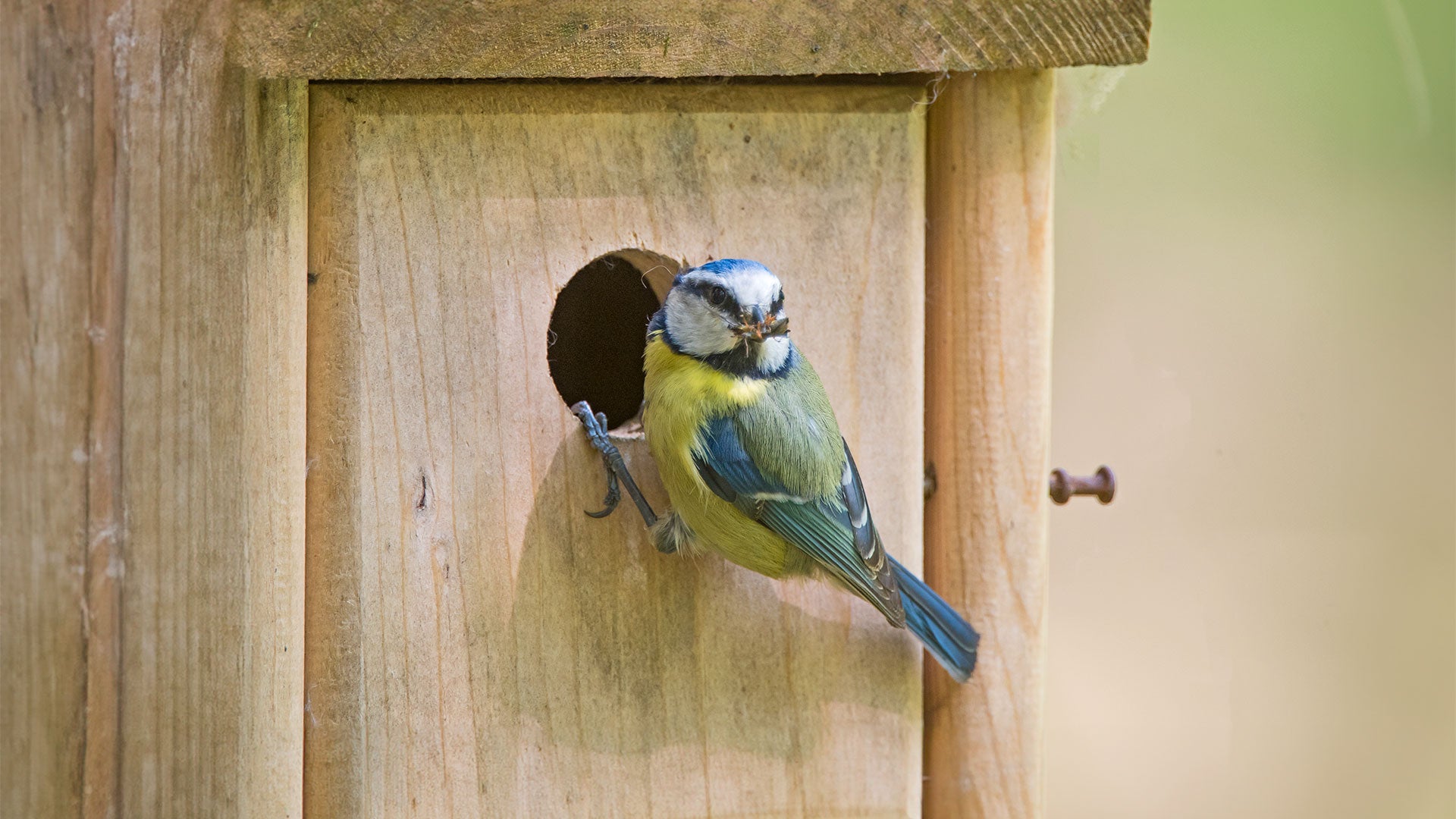We are so fortunate in the UK to be able to look out of our windows with a cup of tea and see birds of various colours. But there’s something about spotting a yellow bird that can make us stop in our tracks. Perhaps it’s due to a bright flash of yellow standing out against a typical grey British sky, but catching a glimpse is a pleasure. The UK is home to about 14 species of birds which have yellow feathers. They range from the common great tit to an impressive and vividly coloured golden pheasant. Our guide runs through some of our favourite yellow birds in the UK.
The top 10 yellow birds in the UK
1. Goldfinch

With a flash of yellow under their wings and a bright red face, you should be able to spot goldfinches at your garden bird feeder. They have a delightful twittering call. Many people think they’re shy, but actually they’re no more shy than other birds, they just like a clean bird feeder (understandably, we think!) so make sure that yours is spick and span. Goldfinches live in large groups, so you might be lucky enough to get a few eating at your bird feeder at one time. They are only small creatures, measuring just 12cm in length.
2. Siskin

The siskin is part of the extensive finch family and is most common in Scotland and Wales, although you’ll be able to spot more of them in England during the winter. The male siskin is more brightly coloured than the female (as is usually the case with many birds). The male has a bright yellow and green striped body and black bib with a distinct forked tail. There are also yellow patches in the wings and tail. The female is much paler in colour.
3. Yellow Wagtail

The yellow wagtail is a graceful little bird with bright yellow plumage. As the name implies, its tail can be seen to have a wagging motion as it walks and runs across the ground. The yellow wagtail is a summer visitor, migrating to Africa in the winter. It often nests close to marshlands or wetlands, nesting on the ground in meadows, fields and grasslands. Sadly, the yellow wagtail is on the red list of birds of conservation concern due to severe declines in breeding numbers.
4. Great Tit and Blue Tit

The great tit is a common sight in our gardens, easy to spot on your bird feeders: a bright flash of yellow in their breast with a bold black stripe down the middle, a green cape and a black cap. It will often be seen pushing other smaller birds around. In the winter it joins blue tits to search gardens for food in groups.

The blue tit is less aggressive and one of the UK’s most loved birds. The colourful mix of yellow, blue, white and green make it easy to spot.
Groups of tits will love eating seed and suet mixes and mealworms. If you see four or five tits at your feeder, you may in fact be feeding a much larger flock!
5. Firecrest

This tiny bird is a rare gem! And one of the smallest birds in the UK. They can be identified by the yellow stripe on the back of their head and the striking bronze collar. They also have a green back and white eye stripe. You’d be lucky to spot a firecrest at your bird table, but they love softened mealworms on a ground feeder. You can also provide a ground feeding bird cage to keep them safe from larger predators whilst they eat.
6. Golden Oriole

Wow, what a sight the golden oriole is! They are covered with bright yellow feathers and contrasting black wings. They like to roost near water or in poplar trees and are only found in the UK in May and June, so you only have a short time frame to spot them. Even then, they are naturally elusive creatures, preferring to stay high up in the treetops.
7. Yellowhammer

Male yellowhammers have a bright yellow head and underparts, a chestnut rump and a brown back streaked with black. Sadly yellowhammer numbers are rapidly decreasing and so they are now a red-listed species. The loss of habitat such as hedgerows are to blame. They’ll be attracted to eating seed mix on ground feeders in your garden.
8. Cirl Bunting

Cirl buntings are a relative of the yellowhammer. They are mostly found in Devon. They used to live across the UK but it is thought that they were wiped out due to modern farming methods. In spring, the male bird has yellow stripes on the head with yellow underpants and a black eye stripe, chin and crown. Female and juvenile cirl buntings look like yellowhammers, but have streaked rumps and bolder markings.
9. Wood Warbler

The wood warbler is found in particularly high numbers in Wales. It has a bright yellow face, throat and top of the chest, with white under parts. It mainly eats spiders and insects and it can be found in forests ( including the western oak woods of Wales).
10. Golden Pheasant

Finally our number ten has to go to the golden pheasant. Native to China, this is a spectacular bird, you’d be very lucky to spot one of these beauties in the UK. They are pheasant-like in appearance, but it’s the striking golden-yellow plumage, golden spotted tail and red breast which makes this male bird stand out (the females are pale brown). They also have shimmery blue patches on the sides of their necks. The colourful feathers have given them the nickname ‘rainbow pheasant’. Numbers are dwindling, there used to be more in their historical UK habitats: Brownsea Island in Dorset, Suffolk, Tresco, Scilly, Breckland and near to Sandringham, west Norfolk.
What is the most common yellow bird in the UK?
If you don’t fancy your chances of searching the UK for a golden pheasant, then rest assured that there are so many other yellow birds to attract to your garden. The most common yellow birds in the UK are the great tit and blue tit, then the yellowhammer and then the siskin.
A yellow bird is said to symbolise a happy outlook on life, a reminder to remain positive in hard times. Certainly, attracting your favourite yellow birds to your garden and watching them as they fill up on nutritious food is a joyful experience. If you fancy a trip, a visit to a different area in the UK to spot some of the more unusual yellow birds is a fun way to spend some time, but there is so much to gain from helping to support your local wildlife.

